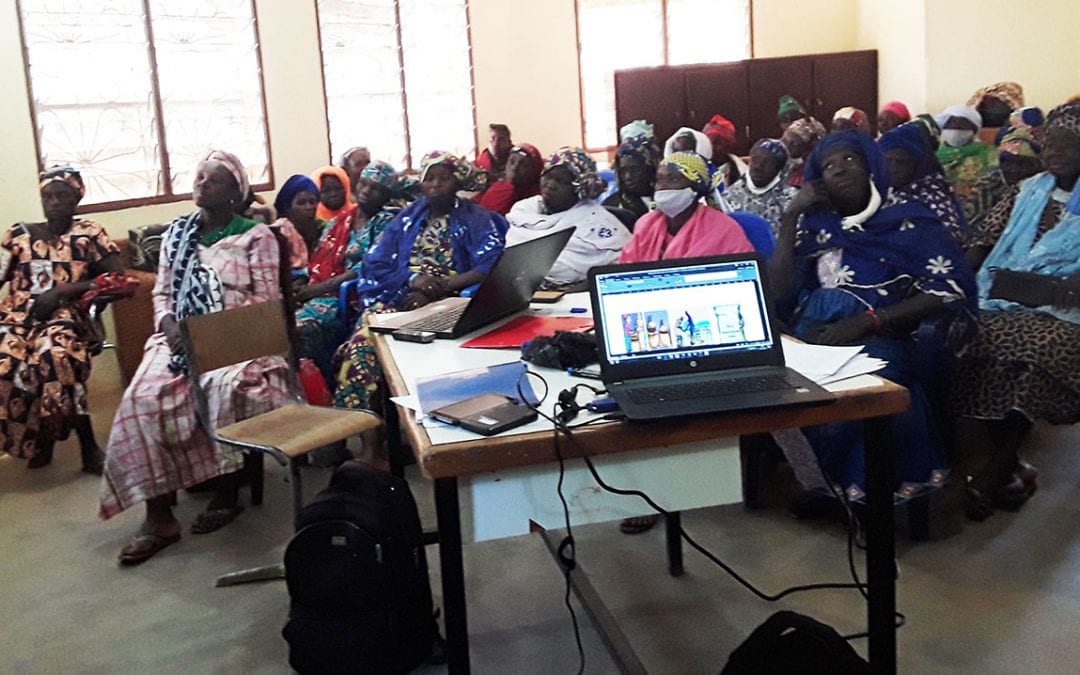Targeting and investing in the most vulnerable is crucial for meeting the SDGs
- From
-
Published on
08.03.21

The prospects and promise of expanding markets and increased demand for food products from a growing global population would suggest more incentives to engage in farming, making the sector attractive for the current and next generations. However, along with this is the recognition of the “unprecedented, intersecting challenges”, or perhaps as a direct result of these, a widespread narrative of ‘labor withdrawing’ from the agriculture sector which suggests youth are not interested in food farming – particularly smallholder food production, widely believed to the source of food production and contribute to rural poverty reduction – is less likely to draw in young people as a preferred or first choice of work.
Youth are commonly treated as an undifferentiated group with essential, static qualities and little agency. Thus, the recognition of youth as a differentiated group, implies also their differing experiences, ideas, and aspirations. Male and female youth’s aspirations and opportunity structure are shaped by the complex interplay of factors across local, regional and even global scales.
Unlocking the potential of youth in the drylands requires empowering them to tap into the available opportunity structures, which necessitates transformative approaches that include
- targeting to ensure inclusive participation;
- customize interventionsthat benefit equally all types of youth groups; and
- facilitating youth agency by providing a conducive social, economic and policy environment.
